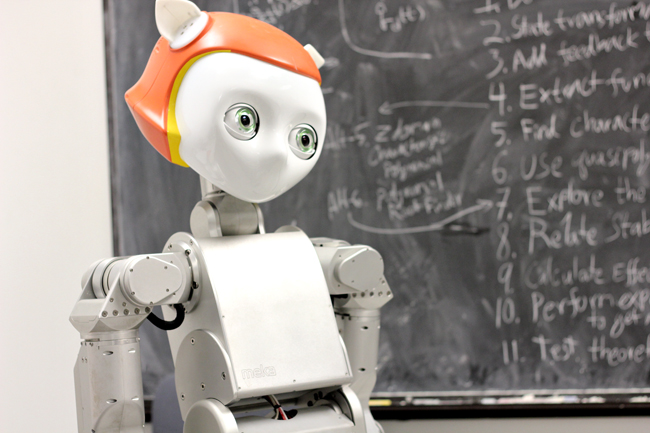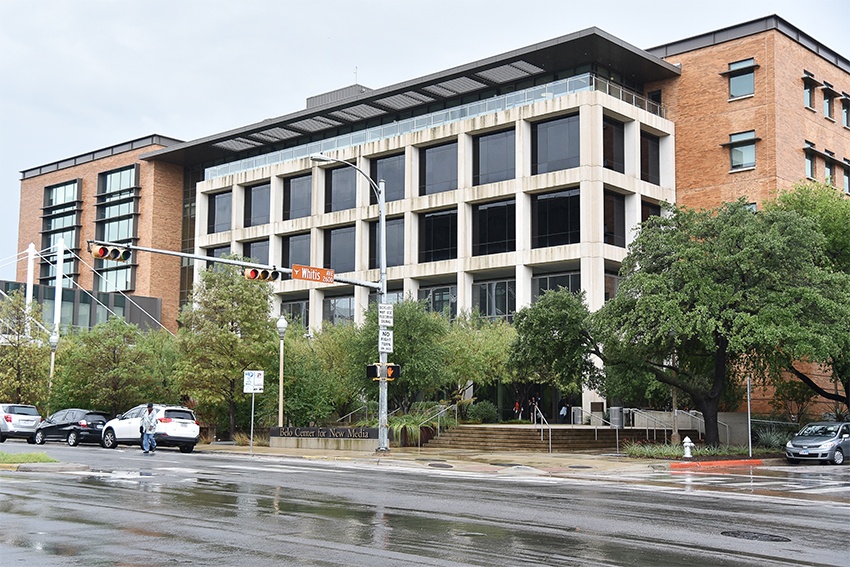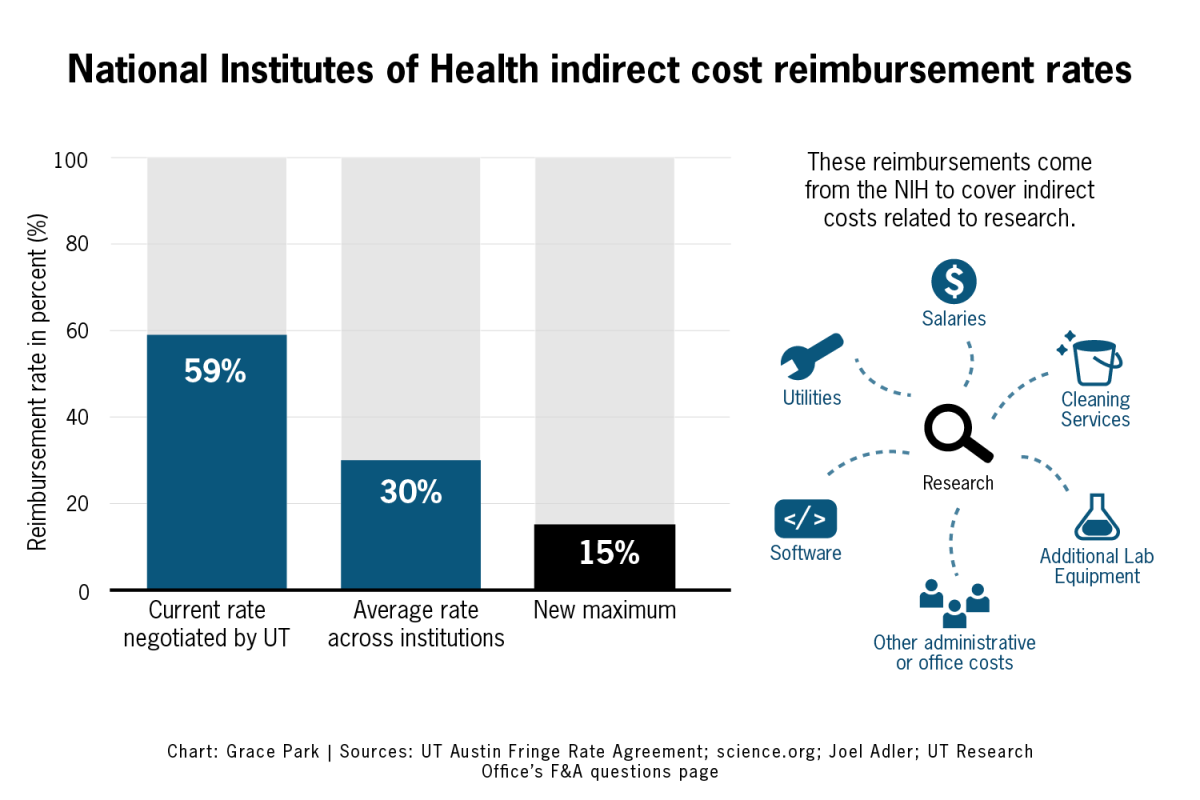In their research to develop robots that can safely and more seamlessly interact with humans, mechanical engineering researchers may have also created a movie star. Dreamer, a humanoid — or human-like — robot, will get up to 30 seconds of screen time in Michael Bay’s “Transformers: Age of Exctinction” alongside actor Mark Wahlberg.
Dr. Luis Sentis, mechancial engineering assistant professor, established the Human Centered Robotics Lab, which created Dreamer. Right now, Sentis said, the most popular application of robotics is in factories. Their tasks are repetitive and usually away from people, he said.
“Why are they away from people? Because [robots] are not safe,” Sentis said.
According to Sentis, making robots safer is a difficult challenge. Robots tend to be heavy, so Sentis and other researchers at the Human Centered Robotics Lab are trying to make light-weight robots. Sentis said the software and how the robots respond to touch — to make them more compliant or better able to be in the same space as humans — still needs
more development.
“The robots — they need to be able to obviously be practical for human needs,” Sentis said.
Kwan Suk Kim, mechanical engineering graduate student, also works with Sentis in the lab. Kim said controlling the amount of force the Dreamer and other humanoid robots apply to tasks or objects is one of the main challenges in making robots safe to work with as a human.
Prashant Rao, mechanical engineering graduate student, is a researcher at the Rehabilitation and Neuromuscular Robotics Lab. One of the projects the lab is working on is a device called the Exoskeleton for Hand-wrist Rehabilation, which a person can use during physical therapy to recover motor function. Prashant said the lab is also collaborating with Sentis’ lab to use the exoskeleton to remotely control the Dreamer.
“I may make the Dreamer’s arm do whatever my finger’s doing,” Prashant said. “I can switch the control to say, now if I move my arm, the whole body of the Dreamer will move.”
Lowering the costs of building the robot is another consideration made by the lab, which will be important in integrating the robots into new industries and areas of society.
“In two years, we want to make our robot[s] safe and cheap,” Kim said. “Dreamer cost about $500,000. Our new target price is $10,000.”
Sentis said the goal is to cut costs from a city or government organization perspective. For example, maintaining city infrastructure costs millions of dollars. Sentis said some future applications of the robots could include distributing food, cleaning sidewalks and maintaining neighborhoods.
Sentis said he hopes humanoid robots will eventually interact more directly with humans — in cities, company buildings, university campuses and in homes, for instance.
“In 20 years, it will be similar to “I, Robot” where everyone can have a humanoid robot to clean and do simple chores,” Kim said.




















